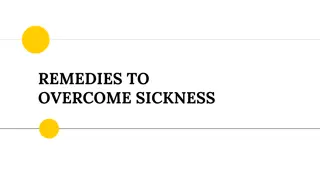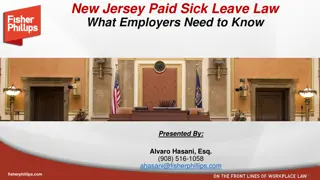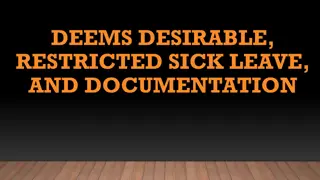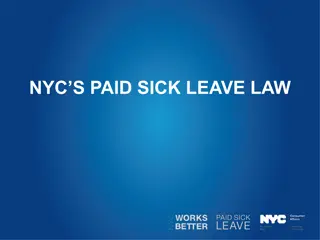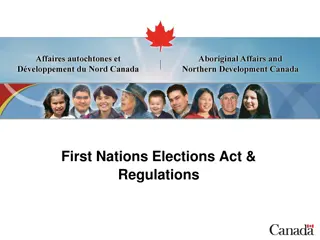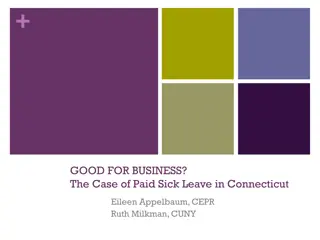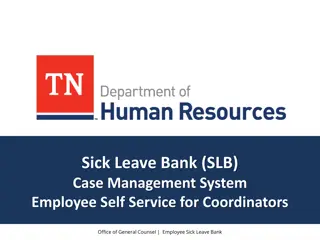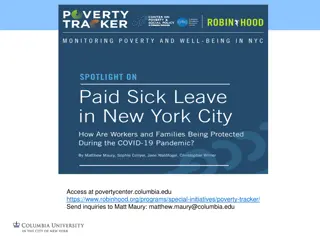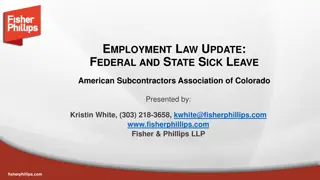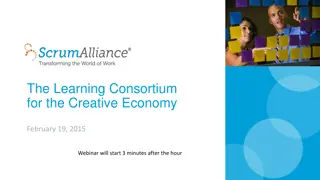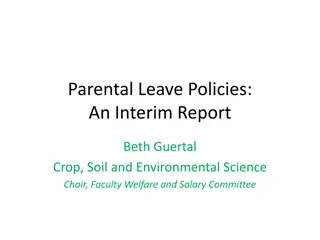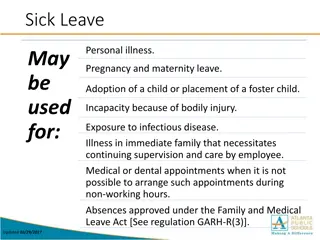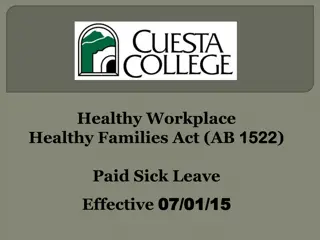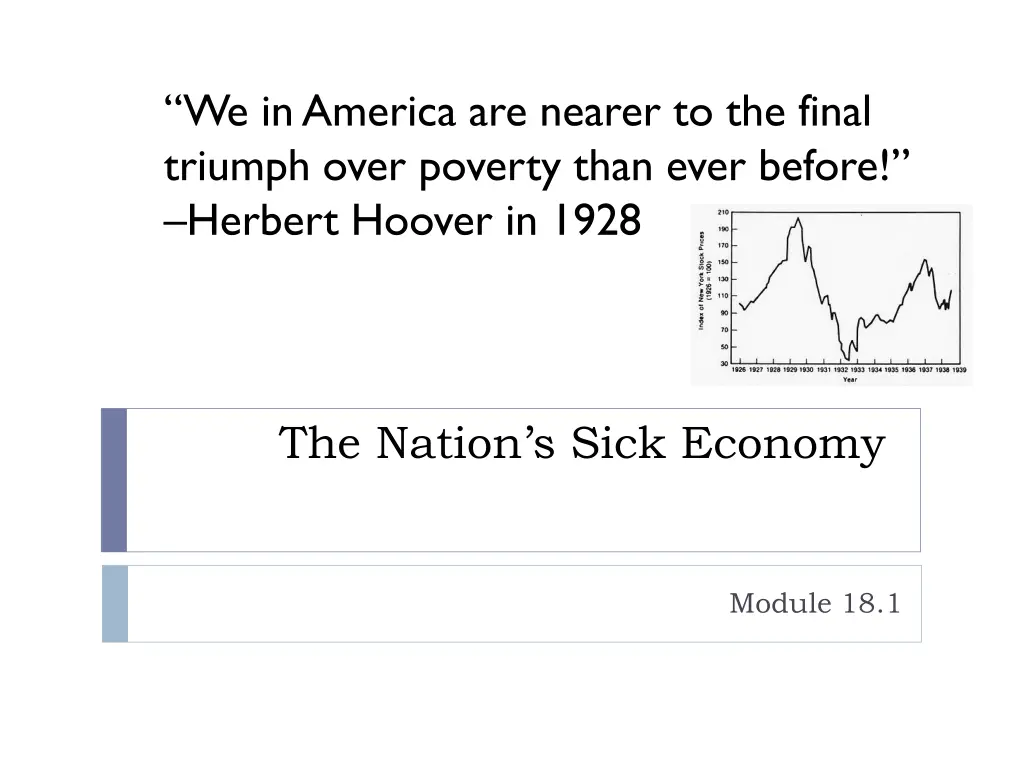
The Great Depression and Its Causes: A Historical Overview
Explore the events leading to the Great Depression in 1929, from Herbert Hoover's optimistic pre-Depression statements to the economic factors that contributed to the stock market crash, ultimately leading to one of the most significant financial crises in history.
Download Presentation

Please find below an Image/Link to download the presentation.
The content on the website is provided AS IS for your information and personal use only. It may not be sold, licensed, or shared on other websites without obtaining consent from the author. If you encounter any issues during the download, it is possible that the publisher has removed the file from their server.
You are allowed to download the files provided on this website for personal or commercial use, subject to the condition that they are used lawfully. All files are the property of their respective owners.
The content on the website is provided AS IS for your information and personal use only. It may not be sold, licensed, or shared on other websites without obtaining consent from the author.
E N D
Presentation Transcript
We in America are nearer to the final triumph over poverty than ever before! Herbert Hoover in 1928 The Nation s Sick Economy Module 18.1
The Election of 1928 Herbert Hoover vs Alfred Smith Hoover won because he was able to point to years of prosperity under Republican leadership (Roaring 20s). Hoover is beloved not only in the US but also around the world Hoover and the Election of 1928: Landslide Hoover & Poland Republicans were boasting that poverty would be eradicated during Hoover s presidency.
Signs of trouble ahead? Some economists warned of weaknesses in the U.S. economy (Superficial Prosperity). What do you think the economists were worried about? (Ch. 20 & 21)? So what caused the Great Depression???
What caused the Depression? Split up into groups. Each group will be responsible for reporting on a specific cause. Group 1: Industries in Trouble (671) Group 2: Farmers need a lift (671) Group 3: Consumers have less money to spend & Living on credit (671-672). Group 4: Uneven distribution of income (672).
What caused the Great Depression? The availability and widespread use of credit The unequal distribution of income and jobs Tariffs and war debt policies that cut down the foreign market for American goods An agricultural crisis Widespread panic and attempts to withdraw money from banks The Great Stock Market Crash of 1929
Black Tuesday: The Last Straw On October 29th, 1929 investors began to quickly sell their stock and pull out their investments. This caused panic everyone tried to sell their stock at the same time causing the market to crash
By November investors had lost $30 billion (an amount equal to the total amount the US spent during World War I). The Great Depression A period from 1929 to 1940 in which the U.S. economy (and much of Europe s economy) plummeted and unemployment sky rocketed.
The Collapse of the Banking System -Many people panicked and tried to pull all of their money out of banks. Too many people taking money out too quickly caused the banks to fail and people lost everything. -As a result of the depression and collapse of the U.S. stock and banking system, many people developed a strong mistrust for the banking system.
Americans Lose Trust in Banks -It would take YEARS and for some an entire generation to regain trust in the banking system. -This is why the government will guarantee your money up to a certain amount today. This is called the FDIC (Federal Deposit Insurance Corporation)
During the Depression People lived longer: Life expectancy actually went UP (6.2 years) during the Depression. Why?: Advances in healthcare, different working conditions (less work = slow pace, less accidents) Source: University of Michigan Study in 2009 Cons: People must stretch their finances over longer life spans this is a drain on the economy & affects people s retirements
People lived longer contd This happened again 2001 & 2008 some call it The Great Recession. Life expectancy went up the economy went down People had to work longer to support themselves in old age, which took jobs away from younger people What is the difference between a depression and a recession?
The Hawley-Smoot Tariff A law designed to protect American farmers and manufacturers by limiting importation of foreign goods. However This had the opposite effect: By reducing the flow of goods into the United States, the tariff prevented other countries from earning American currency to buy American goods. In other words this tariff had negative effects on the economy by removing foreign markets from the U.S. economy.
Historical Misconceptions about the Great Depression The Great Crash of 1929 did not cause the depression, it was merely the catalyst. The Depression could have been prevented. Occurred only in the United States Only effected the wealthy
Whos to blame? People will always want someone to blame when something goes wrong. Sometimes it s justified and sometimes it isn t (scapegoat). Hoover was blamed for the depression and the once beloved president became hated so much so that the makeshift communities that the impoverished lived in during the depression became known as Hoovervilles
A Shantytown or Hooverville Video: Hoovervilles , Hoover Blankets Hobos: Wandering men who were either looking for work or were just trying to survive. Some had given up. Many men abandoned their families during the depression out of the deep shame they felt for being unable to support them.
Activity: Use your notes (and your book if needed) to summarize the events that led up to the Great Depression. You may . -Go here on your phone: http://www.hyperhistory.com/online_n2/connections_n2/great_ depression.html 1. Start with the end of World War I 2. End with the Great Crash of 1929 Add in details about factors leading up to the crash such as: use of credit, bank failures, black Tuesday, etc

